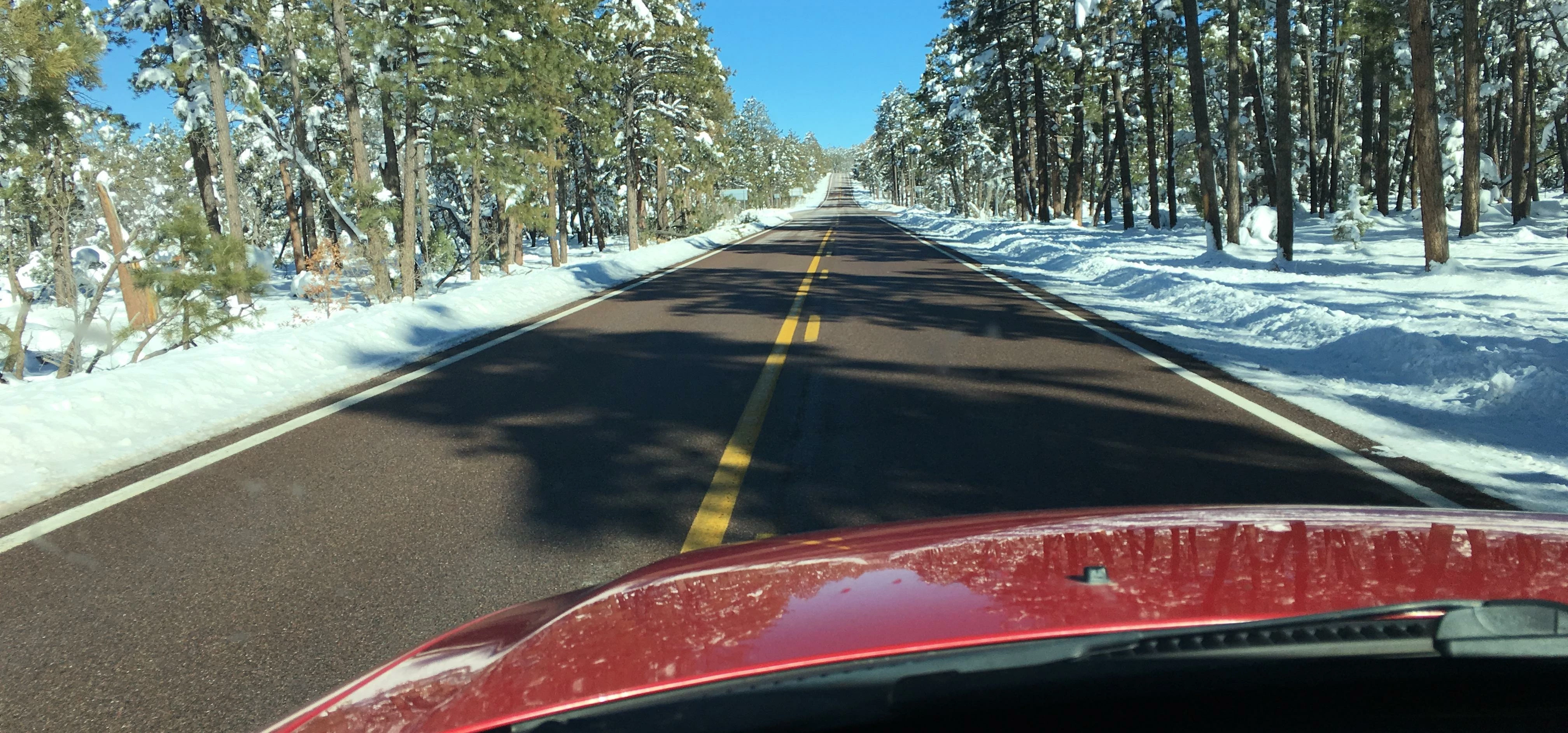
Partner Article
Top 5 Tips for Winter Driving, LeasePlan UK
In 2014 just over over 5,000 reported vehicle accidents were specifically attributed to snow and ice, despite the UK only experiencing an average of 23.7 days of snow annually, demonstrating the very real need to prepare a vehicle before colder weather sets in.
With the first widespread snow of 2016 expected this week, now is the ideal time to start preparing your vehicle for winter conditions. Extreme weather, even in the relatively benign UK, should never be underestimated. Sometimes choosing not to travel can be the best preparation of all, so no matter how important that meeting or appointment, consider whether the conditions are really safe for driving.
Many business drivers will get into their vehicles almost every day of the year, and with this familiarity can come a degree of complacency. Making a few considered preparations can break this cycle and will help drivers ready themselves and their vehicles for the challenges posed by winter weather.
1. Plan ahead: Where possible, try to avoid travelling in extreme weather conditions. If you do travel, many councils will post road gritting updates on their websites, so be sure to check the relevant pages if there is a significant chance of ice or snowfall. Remember that main routes tend to be tackled first, so plan to stick to A-roads if possible – the Highways Agency website will also give you an indication of the condition of these routes.
2. Adjust your driving for the conditions: Heavy rain, ice and fog are all unfortunately hallmarks of a traditional British winter. As such, increasing stopping distances and driving more slowly can significantly reduce the chances of a collision. Minimising distractions such as hands-free calls or loud music can also help concentration levels in challenging conditions.
3. Prepare your vehicle: Check that tyres have a minimum of 2mm tread depth and are inflated correctly. A good view is also essential, so use high strength screen wash to help the effectiveness of wipers and washers. It can be frustrating, but always ensure your windscreen is fully cleared of condensation and that snow is cleared your car roof, as well as from around windows, before setting off.
4. Prepare yourself: Most winter journeys pass without a hitch, but it is still sensible to pack a few key items in your vehicle during the colder months. A warm jumper, torch, and sunglasses for winter sunshine are simple personal items that can make a huge difference if you get stuck in extreme weather on the roads.
5. The worst case scenario: If you break down on a motorway, it is absolutely essential that you don’t stay in your vehicle. Once you are a safe distance away, keep warm and make yourself visible to other road users. Remember that motorway location markers can be useful reference points when calling recovery services. If you do have to abandon your vehicle on any road, remember to give the local police as many details as you can and, where possible, park out of the way to allow other vehicles to pass.
This was posted in Bdaily's Members' News section by Matthew Dyer .
Enjoy the read? Get Bdaily delivered.
Sign up to receive our popular morning National email for free.








 Powering a new wave of regional screen indies
Powering a new wave of regional screen indies
 A new year and a new outlook for property scene
A new year and a new outlook for property scene
 Zero per cent - but maximum brand exposure
Zero per cent - but maximum brand exposure
 We don’t talk about money stress enough
We don’t talk about money stress enough
 A year of resilience, growth and collaboration
A year of resilience, growth and collaboration
 Apprenticeships: Lower standards risk safety
Apprenticeships: Lower standards risk safety
 Keeping it reel: Creating video in an authenticity era
Keeping it reel: Creating video in an authenticity era
 Budget: Creating a more vibrant market economy
Budget: Creating a more vibrant market economy
 Celebrating excellence and community support
Celebrating excellence and community support
 The value of nurturing homegrown innovation
The value of nurturing homegrown innovation
 A dynamic, fair and innovative economy
A dynamic, fair and innovative economy
 Navigating the property investment market
Navigating the property investment market